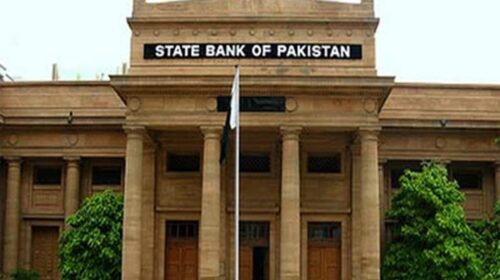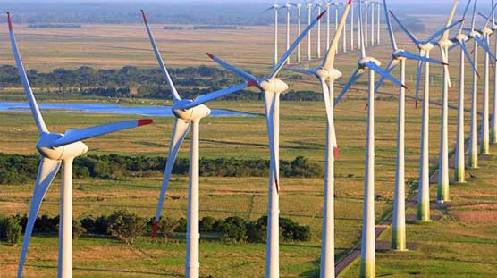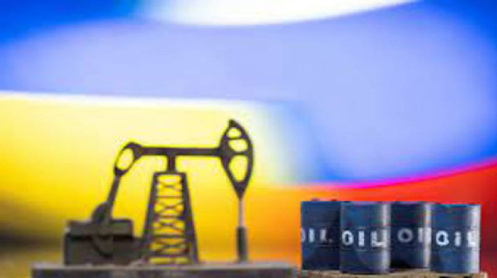The State Bank of Pakistan (SBP) is out of dollars. We must bring back the IMF. Pakistan’s access to global capital markets has shut down (read: no one is ready to lend us more dollars). We must bring back the IMF. Our government has no control over its stream of expenditures. We must bring back the IMF. Our power sector keeps on losing Rs500 billion a year, every year. The leakages in our gas sector hover around $4 billion a year, every year. Our Public Sector Enterprises (PSEs), already indebted to the tune of Rs3.5 trillion, continue to bleed profusely.
We must bring back the IMF. There’s no other way out. We urgently need an ‘Emergency Economic Stabilization Program’ with the following three components: an ‘External Debt Sustainability Framework’; a ‘Fiscal Adjustment Plan’ and a ‘Structural Reform Framework’. There’s no other way out.
External Debt Sustainability Framework: Our external debt hovers around $135 billion. That’s not sustainable. Our total external debt as a percentage of our exports has gone up from 183 per cent in 2010 to 450 per cent. That’s just not sustainable. Our external debt servicing as a percentage of our exports has gone up from 30 per cent in 2010 to 70 per cent. That is not sustainable.
We need to restructure our external debt. We must design a ‘Sovereign Debt Restructuring Mechanism (SDRM). To be certain, any debt restructuring has to be IMF-led. We must bring back the IMF. We must come up with SDRM before payment is actually interrupted. Remember, sovereign debt restructuring is a very painful process. Does the government have an ‘External Debt Sustainability Plan’?
Fiscal Adjustment Plan: The government’s current revenue-expenditure pattern will further increase public debt liabilities – and is thus not sustainable. We need to do two things. First, to put an end to ‘discretion’ in fiscal policy. Secon, come up with a prudent revenue-expenditure strategy that reduces public debt liabilities.
Structural Reform Framework: There’s no way out but structural reforms. We cannot continue to add to the Rs2.5 trillion circular debt in the power sector. We cannot continue to add to the Rs1.4 trillion circular debt in the natural gas sector. We cannot continue to add to the Rs1 trillion circular debt in Pakistan State Oil (PSO). We cannot continue to add to the Rs3.5 trillion PSEs debt. In essence, “structural transformation is the process by which countries change what they produce and move from low-productivity, low-wage activities to high-productivity, high-wage activities.”
The government is left with no option but to curtail its stream of losses. Even more restrictions on foreign travels would have to be imposed. The work week would have to be shortened. We must urgently come up with energy conservation and energy efficiency strategies.
To be certain, we cannot restore investor confidence without the IMF. And, we cannot stabilize the rupee without the IMF. We would have to do three things: bring back the IMF followed by an IMF-led external debt rescheduling and devaluation of the rupee by at least 10 per cent. Looking into the future, we are going to need another, much bigger IMF arrangement in the not too distant future.





